A hugely influential Dutch architect and theorist, Aldo Van Eyck conducted a thirty-years-long (1947 – 1978) research through practice designing hundreds of public playgrounds in Amsterdam while working for the Urban Development Department.

© courtesy Aldo van Eyck Archive
Appeared after World War II, (the first one was built in 1947), the playgrounds slowly found their place in derelict sectors around the city as well as in parks and squares of very different sizes and shapes, conveniently merging with the city’s fabric. The playgrounds are all different, but composed by a certain number of recurring elements declined in different sizes and put in varying relationships among them. Very few means are put into play, reflecting the postwar lack of resources for public works, but also a specific ethics and aesthetic research which characterized a group of architects at the time, an interest in materials used for their specific meaning, or, as synthesized by the French word: brut materials.

© the Amsterdam City Archive
Throughout his career, Van Eyck looked for a way to connect contemporary design to atemporal shapes derived from the observation of people movement and interaction with space in different epochs. These shapes are abstract and reduced while capable to form terrains able to richly support inhabitants activities and never influencing them too rigidly. Van Eyck recognized and implemented a connection between an archaic system of forms and the research of avant-garde artists into abstraction and archetypes.

The vocabulary of the playgrounds is based on geometric concrete sandpits, which appear like small archipelagos and groups of stepping stones, both massive and anchored in the ground, and lighter structures, arches, domes and frames made of tube steel resonating with archetypes of architecture. The arrangement of the elements in the playgrounds is always non-hierarchical and based on a careful compositional balance which is able to create tension and intensity between the objects while allowing a multiplicity of paths around the forms.
The playgrounds constitute a terrain for imagination which put into tension the universal human activity of play with permanent geometrical structures and physical system of organization found in far-away cultures and in different moments in time.



© the Amsterdam City Archive

© Aldo van Eyck Archive
All images © Aldo van Eyck Archive / Amsterdam City Archive
Further readings:
Aldo van Eyck – Seventeen Playgrounds by Anna van Lingen and Denisa Kollarová
Aldo Van Eyck And The City As Playground by Merijn Oudenampsen
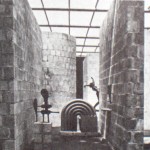
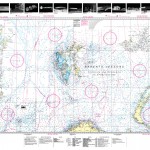
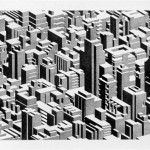
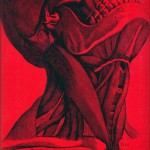
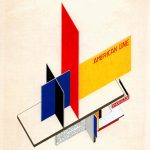
Leave a Reply